COLLECTION OF STORIES
MIRAMAR
By Pedro Meyer

Ode to the Sea
Pablo Neruda
Here is a translation of the provided poem into English:
Here on the island,
the sea,
and how much sea
spills over itself
constantly,
it says yes, no,
no, no, no,
it says yes, in blue,
in foam, in gallop,
it says no, no.
It can’t stay still,
I’m called sea, it repeats,
hitting against a stone
without convincing it,
then
with seven green tongues
of seven green dogs,
of seven green tigers,
of seven green seas,
it travels through it, kisses it,
moistens it,
and beats its chest
repeating its name.
Oh sea, that’s your name,
oh comrade ocean,
don’t waste time and water,
don’t shake so much,
help us,
we are the little ones,
fishermen,
shoreline men,
we are cold and hungry,
you are our enemy,
don’t hit so hard,
don’t shout that way,
open your green box
and let us all
in your hands
receive your silver gift:
the fish of every day.
About

How did the name of the Miramar collection come about?
Miramar is for me, looking at infinity.
Have you ever had to be in front of the sea and not think about infinity?
That sea collects all your fantasies of the past, present, and future.
Hence my idea for the name of the collection.
Pedro Meyer, september 2022
Why is the content of these books important?
The collection of books has a testimonial value that accompanies the other narratives that exist and that can be useful for everyone, contributing something new to visual culture.
Why 41 books?
Because 41 books were too many.
What will the books look like?
The books in the collection are 11.5 x 11.5 in, when opened wide, it becomes a 24″ x 12″ view, a generous size for viewers.
About the author

Pedro Meyer
Pedro Meyer (1935) is a photographer and visual artist who, at 87, continues to innovate. His collection reaches more than 1 million images of the most diverse themes of human activity.
Known for his contributions to the development of the Latin American photographic industry, he has never stopped addressing universal photographic themes throughout the transition from analog to digital.
The Miramar collection that includes this series of books covers the work and life of Pedro Meyer, where the author seeks to create a narrative as diverse as the very experiences of society. The transition of photography through technological changes that influence both content and form constitute an essential part of the author’s concerns.
Sponsors








Algorithms
Edited by Pedro Meyer, Alexis Ortiz Gonzalez and Valeria Lailson Hernandez
“I think this is a good name for future photography, because the term ‘artificial’ doesn’t sit well with me, since these images are not artificial, and it also doesn’t reflect contemporary culture. We tried to navigate the intersection between photography and artificial intelligence in the creation of this volume.”

Here and Beyond
Edited by Rebecca Uliczka, Jonathan Esparza and Pedro Meyer
What is our relationship as human beings with death and absence? This title contains images that account for this relationship in different cultures.

Ixtlilco el Grande
Edited by Alan Jonathan Esparza Miranda and Pedro Meyer
One of the latest titles added to the collection tells of a photographer’s role in the context he finds himself in. What does it imply to stay in one place to photograph? What role does artificial intelligence play in creating this book?

Self-Portraits
Editado by Alan Jonathan Esparza Miranda, Liz Dagdug and Pedro Meyer
What are the limits of self-portrait? Does it necessarily have to be a traditional selfie of the author? Can a tomography be considered a self-portrait? And what about artificial intelligence?
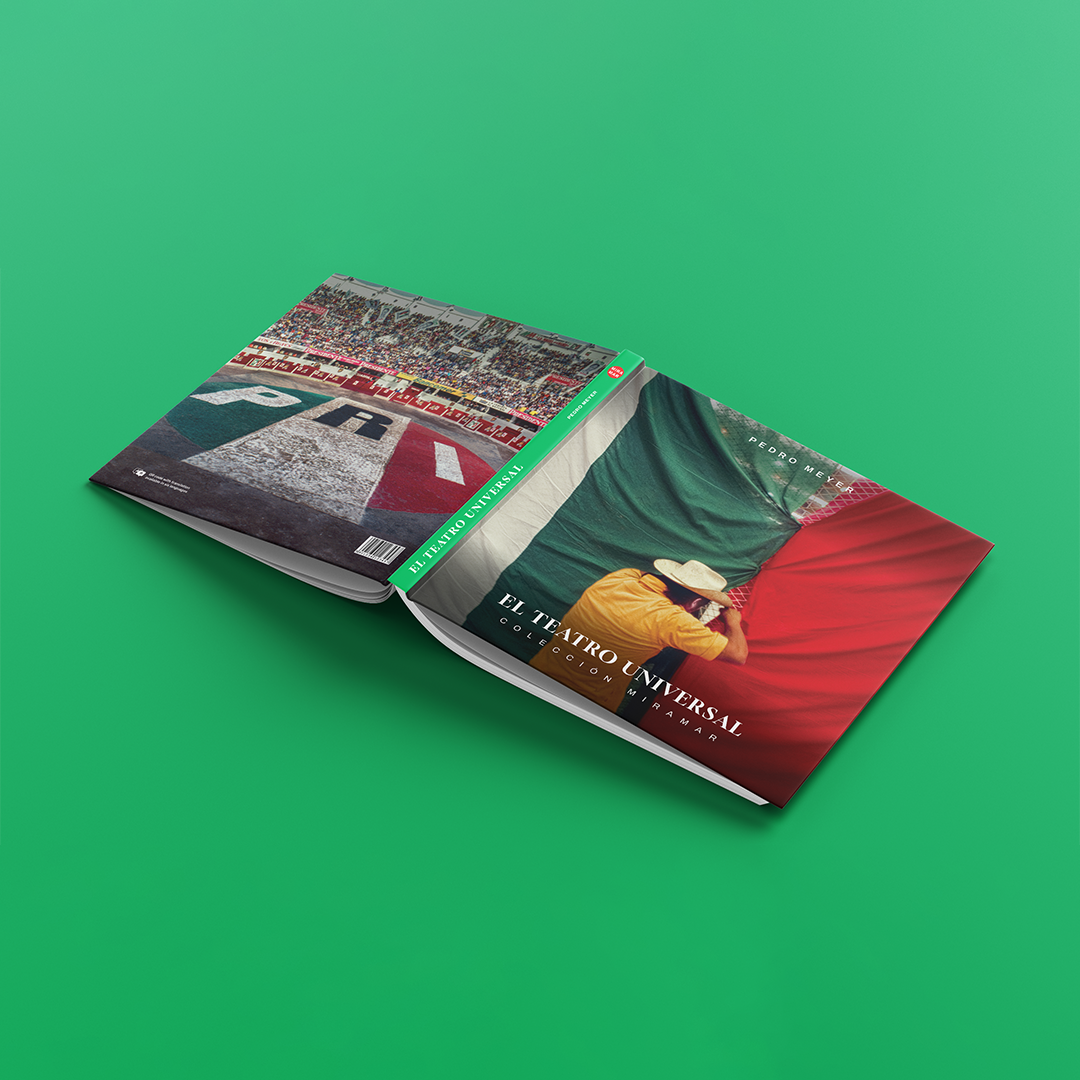
Universal Theater
Edited by Rogelio Villareal
The history of humanity records very few similar examples where an entire nation (90 million participants) voluntarily comes together to participate in a play with a anticipated ending. The play in question was the political campaign for the election of the next president of Mexico in 1980.

United States (2 volumes)
Editedo by Elena Rosales Ortega, Alan Jonathan Esparza Miranda and Pedro Meyer
Pedro Meyer was awarded the Guggenheim Fellowship to “return the favor to our neighbors to the north for having photographed us Mexicans even under the rocks,” according to his grant application.
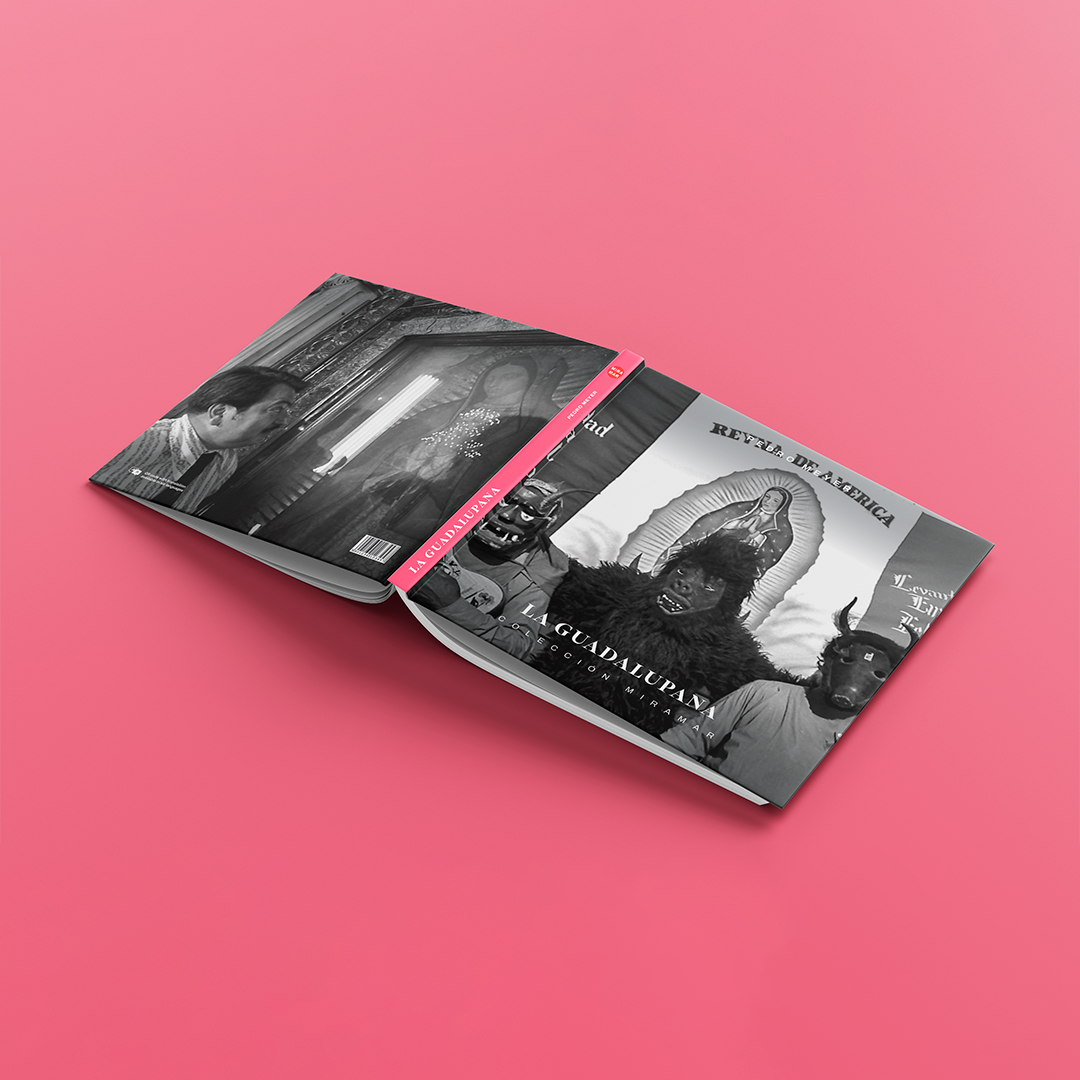
La Guadalupana
Edited by Socrates and Pedro Meyer
The Virgin of Guadalupe is an omnipresent icon in the work of every photographer who has captured life in Mexico, and Meyer is no exception. He documents this through the years.

Lazaro Cardenas
Edited by Gabriela Olmedo
In 1979, the city council invited a series of photographers to record the everyday life of the town. The photos of the red-light district are already epic, and in this volume they are accompanied by the testimony of Patricia Vega.

Huejutla
Edited by Alan Jonathan Esparza Miranda
In 1971, Pedro Meyer traveled through several towns in the state of Hidalgo in México, photographing women and recognizing female empowerment in them.

My garden
Edited by Sofía Melgar Torres and Pedro Meyer
COVID-19 locked us all in, and Meyer, during the isolation, turned his gaze to his garden. In the process, he created this series of images as spaces for reflection on life and death, both of plants and friends.

Coyoacan (3 volumes)
Edited by Pedro Meyer
Volume I: Ajusco.
Volume II: Everyday life.
Volume III: Historic Center.
These three volumes cover a period of almost 50 years in the author’s life, which eventually extends to another volume entitled “My Garden”.

Chilanga Memory Flashes (2 volumes)
Edited by Mariana Gruener and Pedro Meyer
Volume I: 1950-2011.
Volume II: 2011-2023.
The author takes us on a journey of his memories of the Valley of Mexico, a place that gave shape and content to his work through his images.
*Chilango: Inhabitant of Mexico City.

Landscapes
Edited by Plato, Elena Rosales Ortega and Pedro Meyer
Plato believed in the existence of a “world of ideas,” considering that the beauty of landscapes is an imperfect reflection of the true beauty that exists in the world of ideas. Meyer never deliberately focused on photographing landscapes as a theme, but rather came across them on his travels, photographing them with the intention of creating dreamlike images.
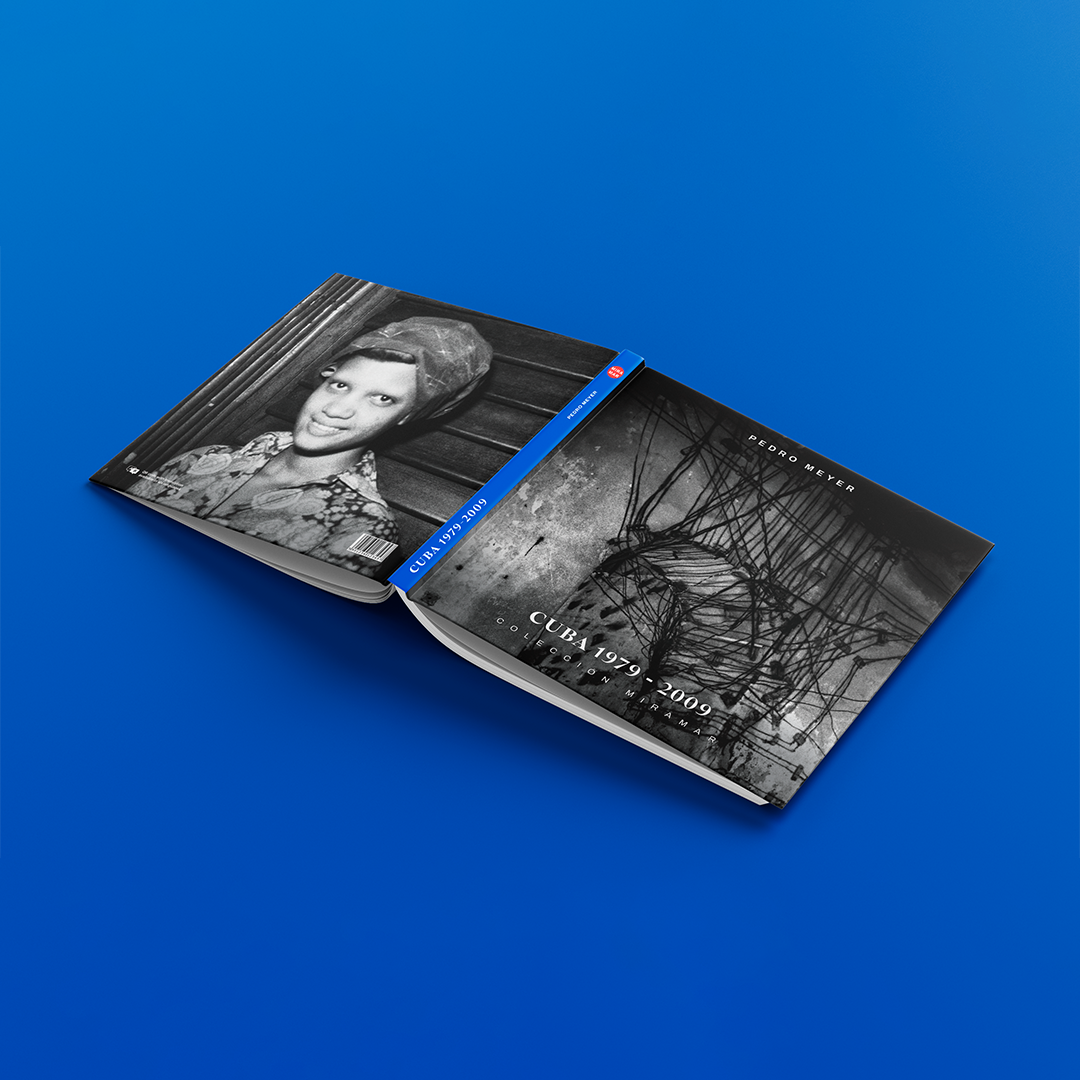
Cuba 1979-2009
Edited by Pedro Meyer
It collects a series of reflections that revolve around the photographic creation of the guild since the 70s and the main cultural actors of the island; the possibilities of digital photography and the history of the third Latin American photography colloquium.

Earthquakes in Mexico 1957 | 1985 | 2017
Edited by Jorge Lépez, Alan Jonathan Esparza Miranda and Pedro Meyer
Three major earthquakes have shaken the Mexican capital in recent history. In 1957, the iconic Angel of Independence collapsed; in 1985, it had catastrophic consequences for the city and its inhabitants; in 2017, the most recent earthquake shook an entire generation that showed enormous solidarity and citizen participation. This volume brings together photographs of all three earthquakes.

Africa and The Middle East
Edited by Sophocles
Meyer covers historical moments in Israel from the 60s. Later on, he is invited, in the dawn of the digital era, to take photographs in that new format in South Africa.

Cuatro Caminos Photo Museum (2 volumes)
Edited by Mónica Sánchez Esquer and Pedro Meyer
In one of the most marginalized and culturally devoid areas of the Mexico City metropolitan area, Meyer decides to install one of the largest photography museums in the world. This is the story of a cultural adventure cut short by the failure of the promised official support. Volume I covers the transformation of an old factory to the exhibitions that took place until 2016. The second volume covers the activities and exhibitions held until the museum closed.

An Ecuador
Edited by Yinna Higuera and Pedro Meyer
When you travel, you discover the world, and it reveals itself to you. Everything you experience and feel at a moment in your life marks the way you approach that space and time; the coming and going of the gaze goes hand in hand with the coming and going of life. Meyer’s “An Ecuador” brings you closer to the visual reflections the photographer experienced during his travels to the country.

During 68
Edited by Pedro Meyer
Before dedicating himself full-time to photography, the author personally covered all the events of the student movement of 1968. With many unpublished photographs, today we can approach what these historic events were like, which were so important for the history of Mexico.
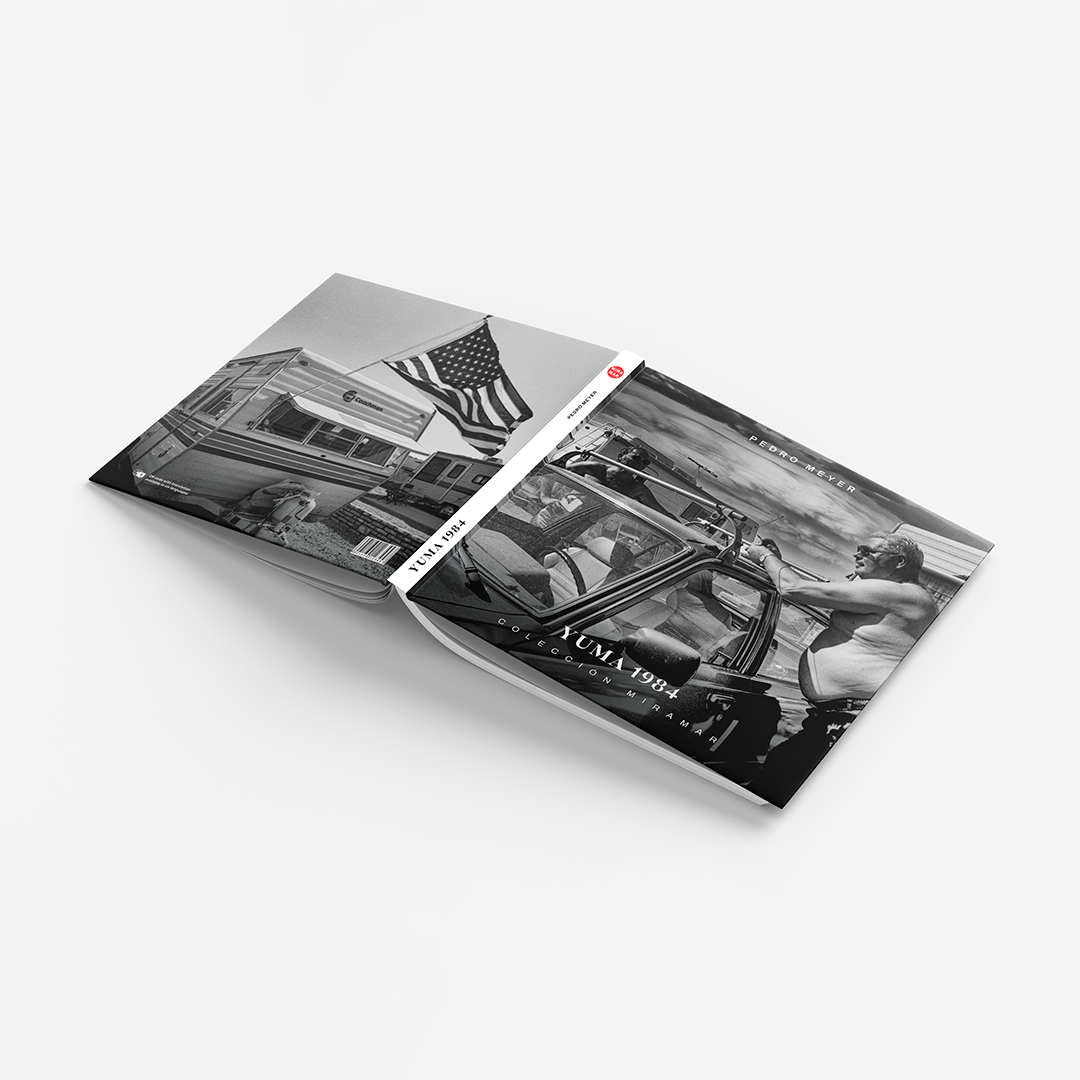
Yuma 1984
Edited by Alan Jonathan Esparza Miranda and Pedro Meyer
The city of Yuma welcomes winter birds every year, mostly retirees who live in RVs with their own culture that influences local life. In this book, the author reflects on topics ranging from the history of photography, the digital revolution, and social life in the United States.

Nicaragua 1978 - 1984
Edited by Mariana Arroyo, Alan Jonathan Esparza Miranda and Pedro Meyer
The circle is completed when a new dictator appears on the scene in Nicaragua, following a bloody insurrection where we had all placed the illusion of a victory for Latin America. What is surprising is to find in this book interviews with dictator Somoza in 1978, where he predicted contemporary events. Meyer teaches us how to report on a revolution.

Journeys Through South America
Edited by Aristotle
These photographs coincide with the author’s awareness of his being as a photographer, both at a collegial and technological level, where social themes take on special importance due to the strength of the documentary genre at the time (year?). Meyer felt that he was visiting his own in his travels through Argentina, Brazil, Chile, and Colombia.
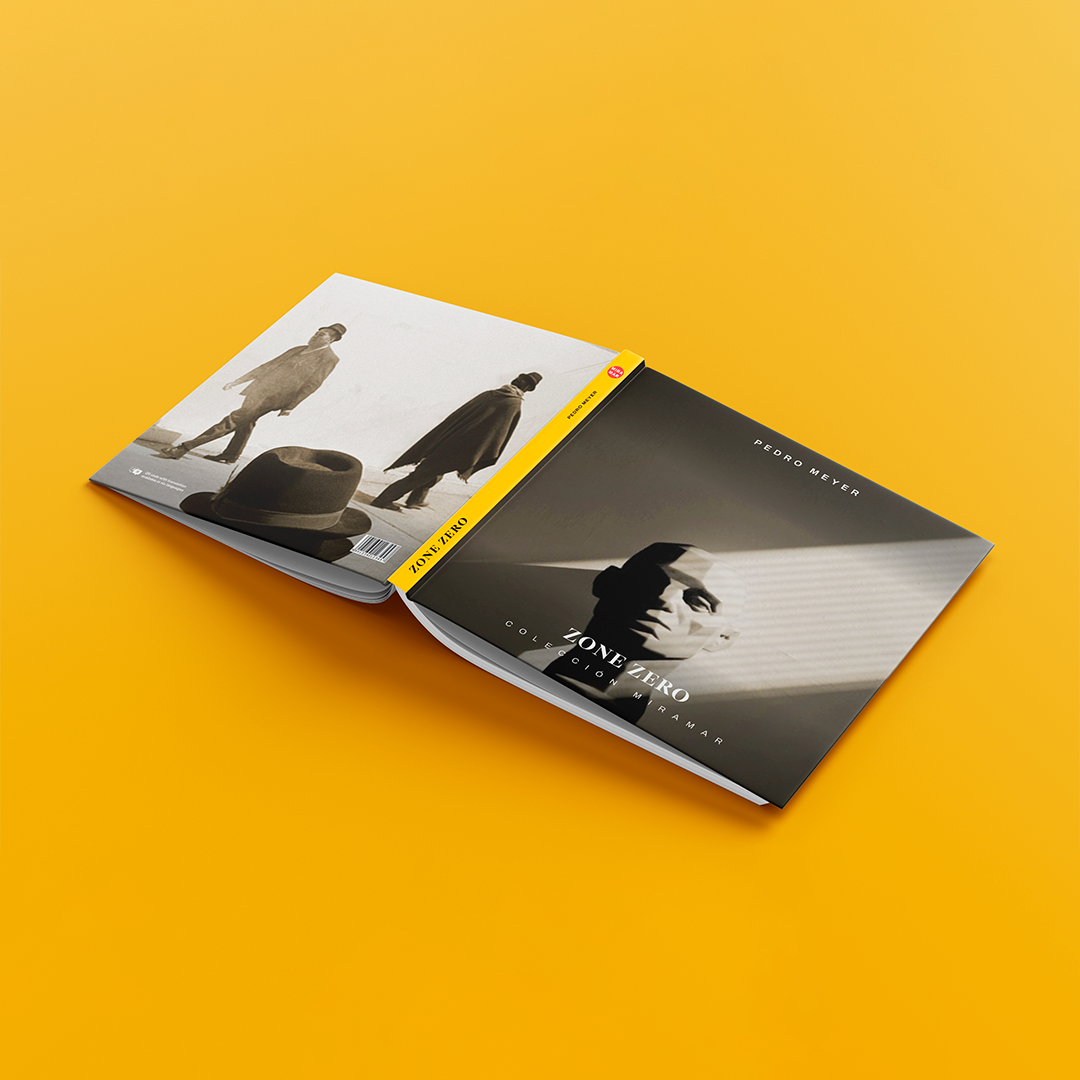
Zone Zero
Edited by Alejandro Malo and Pedro Meyer
The Zone Zero project was the first digital photography portal on the internet developed by Pedro Meyer in the 90s. A pioneer in the conversation about digital photography since its inception, it represented one of the first social networks to exist. On the portal, more than 1500 photographers exhibited their work for the first time on the internet. It also offered a wide range of workshops in mp4 format. This volume tells the story of its history and reminds us that many of the issues the project addressed are still ongoing.

Manhattan (3 volumes)
Edited by Elena Rosales Ortega and Pedro Meyer
The city where the modern concept of street photography originates, the most influential metropolis in the world from economy to art, a pole of influence to the ends of the modern world, inevitably finds its space in this collection due to its attraction for Pedro Meyer’s trajectory. In parallel, the stories of Bob Stein and Julio Meyer.

Manhattan (3 volumes)
Edited by Elena Rosales Ortega and Pedro Meyer
The city where the modern concept of street photography originates, the most influential metropolis in the world from economy to art, a pole of influence to the ends of the modern world, inevitably finds its space in this collection due to its attraction for Pedro Meyer’s trajectory. In parallel, the stories of Bob Stein and Julio Meyer.

Avandaro 1971
Edited by Mariana Arroyo, Alan Jonathan Esparza Miranda and Pedro Meyer
The first rock festival in Mexico, which was called “the Mexican Woodstock”, was a moment of transformation for a repressed youth. A vision centered on the characters rather than the music.

I Photograph to Remember
Edited by Mariana Gruener and Pedro Meyer
One of Meyer’s most important works was to create the first CD-ROM in history, with images and continuous narrative sound, which deals with the last three years of his parents’ life. This is the reprint of the digital format to print as one of his new explorations.

La Mixteca
Edited by Trisha Ziff, Alan Jonathan Esparza Miranda and Pedro Meyer
In the 1980s, National Geographic commissioned the author to produce a work on the 500th anniversary of Columbus’s arrival in America. The odyssey of this unprecedented adventure is narrated in this book. The digital era begins.

Portraits
Edited by Archimides
One of the pillar genres of universal photography, such as portraiture, represents an important part of Pedro Meyer’s work. The author’s work is distinguished by the relationship of trust he builds with his subjects, whether friends or strangers. This book also accounts for the technological development that influences the result of the images obtained at a technical, aesthetic, and stylistic production level.

Petroleum Workers
Edited by Rogelio Villarreal, Jonathan Esparza and Pedro Meyer
A re-edition of the book “The Rockets Lasted All Day,” which today is already an object for collectors. This new edition attempts to publish many unpublished images and a more contemporary and free presentation of the topic.
Books
July 2024












































